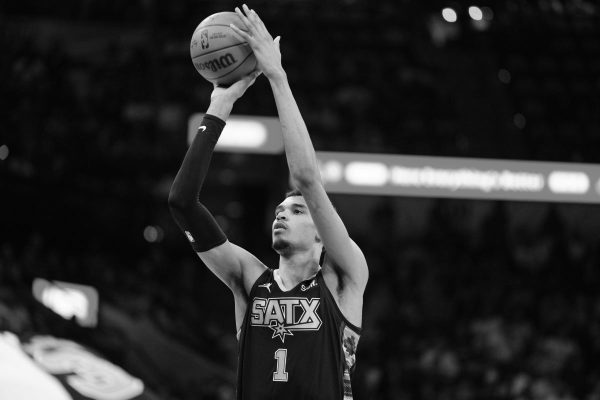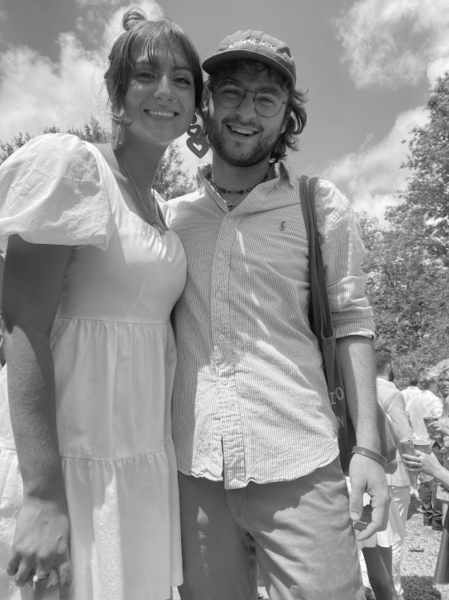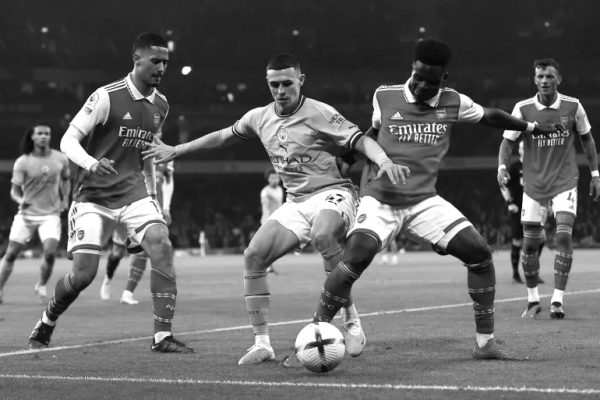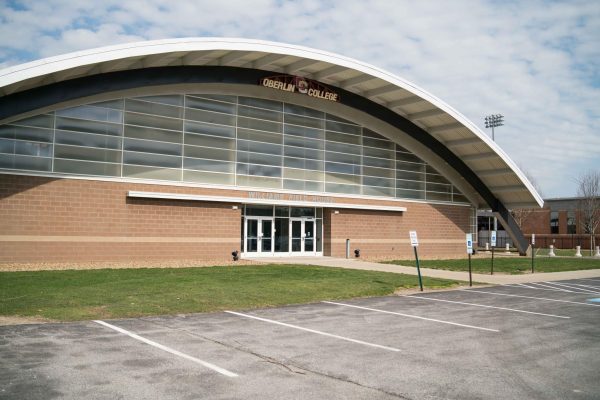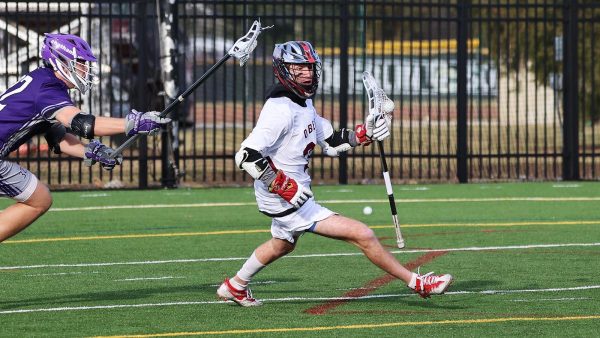For Student-Athletes, Experiences Navigating Concussions Differ
For many student-athletes, concussions are a looming and incessant threat to their athletic endeavors, academic standing, and general well-being. Many Oberlin athletes have a concussion story: a particularly rough collision on the football field, a hit by a lacrosse stick during a skirmish, or an unnatural accident between head and soccer ball. But what is it actually like to have a concussion as a student-athlete?
It is nearly impossible to go through the daily tasks required by a college student — such as going to class, doing homework, and maintaining a healthy eating and sleeping schedule — while coping with a head injury. However, some students say their professors are generally accommodating. College junior and track and field athlete Nae McClain lauded the professors who offered generous accommodations when she received a concussion after being hit in the head with a shotput.
“One professor, in particular, [Associate Professor of Africana Studies and Comparative American Studies Meredith] Gadsby, would tell me not to come to class,” McClain said. “The day that the athletic trainer told me to go to class, I was very dazed and she could tell. … [Eventually], she told me to leave and go back to my room. The next day, I got an email from her saying that I shouldn’t be in class at all.”
College senior and track and field athlete Kaylee Elliott reports having professors who weren’t as understanding when she dealt with her own concussion.
“I went through Disability Resources [at the Center for Student Success] first, and [they] emailed all of my professors,” Elliott said. “One [professor] was really reluctant to let me take the exam home or give me any sort of accommodations, even with the letter saying I was severely concussed. I was supposed to be able to make up the lab for [their] class, because I’d missed two days. But upon coming back, I was told I’d have to re-do the lab or fail the class.”
Following her experience, Elliott expressed the importance of professors taking students’ needs for accommodations seriously.
“I do appreciate the general idea that professors and teachers have more autonomy in classes, as they can give you more time without an official reason,” she said. “However, in cases where accommodations are needed, requested, and documented with the institution, there shouldn’t be as much leeway as to what accommodations professors should give you.”
Football player and College junior Melvin Briggs also touched on the academic ramifications of the injury.
“That concussion was more severe because I had more memory issues, it heightened all of my ADHD symptoms, [and] it decreased my ability to concentrate and recall information,” he said. “I had to make up a physics exam and I had to make up an exam for Research Methods. Nothing would come to me at all during the test[s], no matter how much I studied.”
Briggs also mentioned a few strategies that have been implemented to aid student recovery and protection. Players and trainers can now more effectively communicate using Healthy Roster, a program that maintains the records for athletes and allows them to communicate with trainers without moving all the way across campus to do so.
College senior and field hockey player Kennedy Kline mentioned that knowledge about concussions is still evolving in the medical community.
“I think concussions are a difficult thing to be diagnosed with because nobody really quite understands them yet — the medical community as well,” she said. “I had a FaceTime session with one of the doctors that the athletic trainers partnered with. And he was generally helpful with all the information he could give me, but he noted that the information was really limited.”
Varsity athletes who think they might have a concussion are directed to the training room. The trainers are not allowed to treat non-varsity athletes for legal reasons, so those students are instead directed to Student Health Services.
Director of Disability Resources Eric Wagenfeld has worked in the health sector for nearly 25 years and says that in his position, he has seen an inordinately large number of students with concussions.
“Oberlin has more concussions per capita than any other school I’ve previously worked at,” he said. “Generally we give accommodations based on forms from athletics, which are on a temporary basis — typically for one or two weeks. … If the concussion isn’t clearing up within a week, the student is going to want to seek further medical attention.”
After a diagnosis from the training room or Student Health Services, students are directed to Disability Resources, where coordinator María Zoraida Maclay helps students find the accommodations that are right for them.
“When it comes to accommodations, it’s assessed on a case-by-case basis as well as [by] what [students’] classes are,” Zoraida Maclay said. “The way I see it, the medical practitioners are the experts of their field, so they know these diagnoses. What I know and can be the expert in is accommodations and resource technologies. But the student is the expert in their experience, and nothing can happen without them.”


